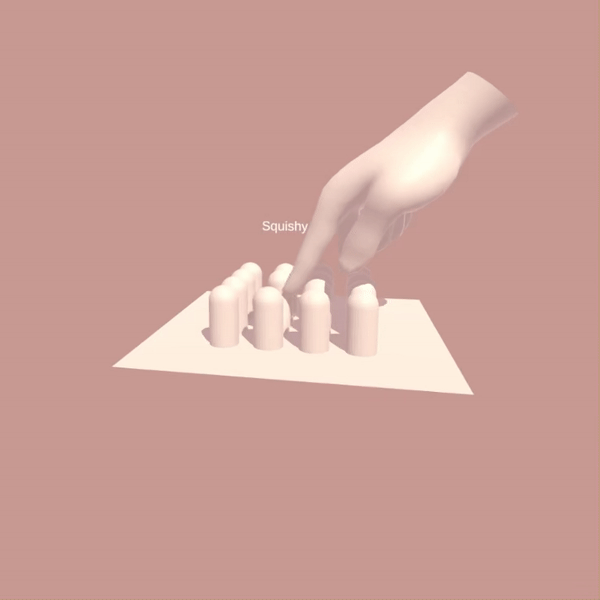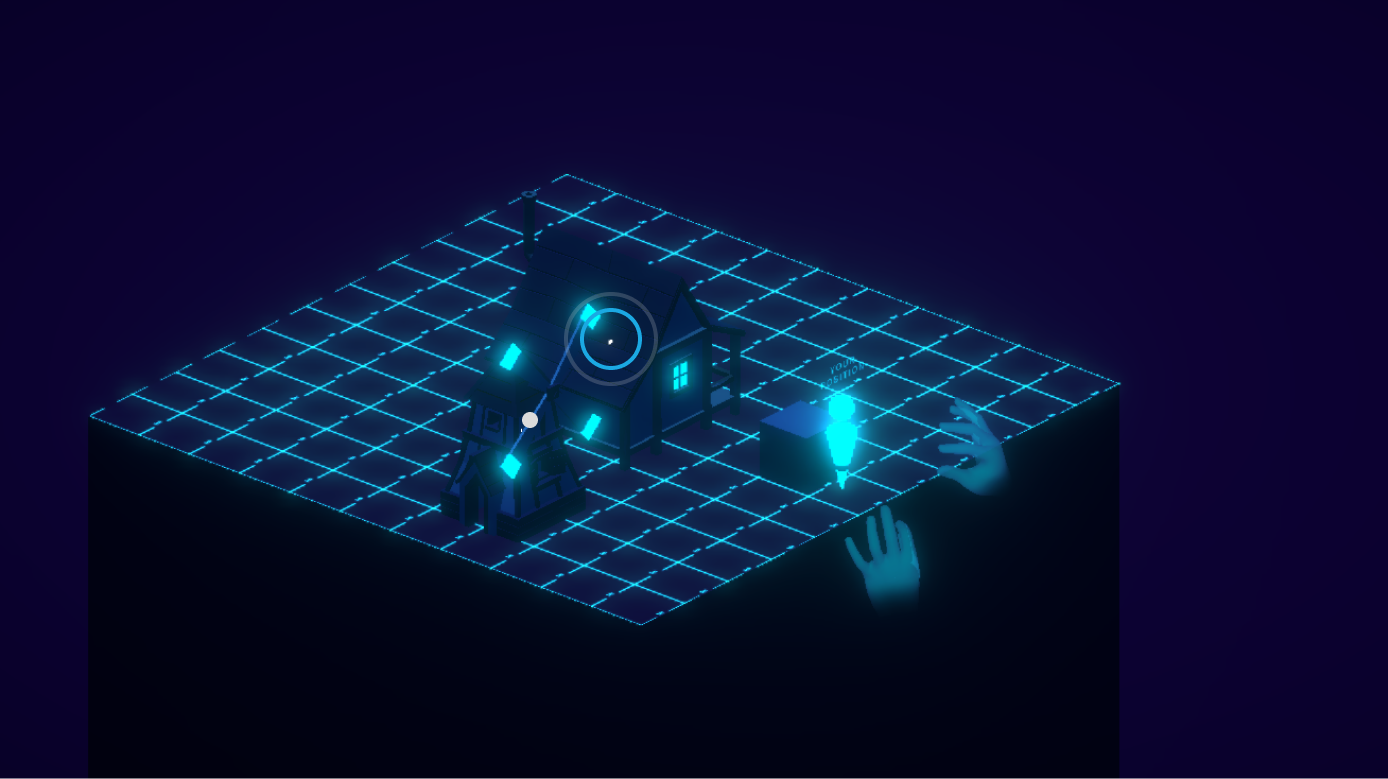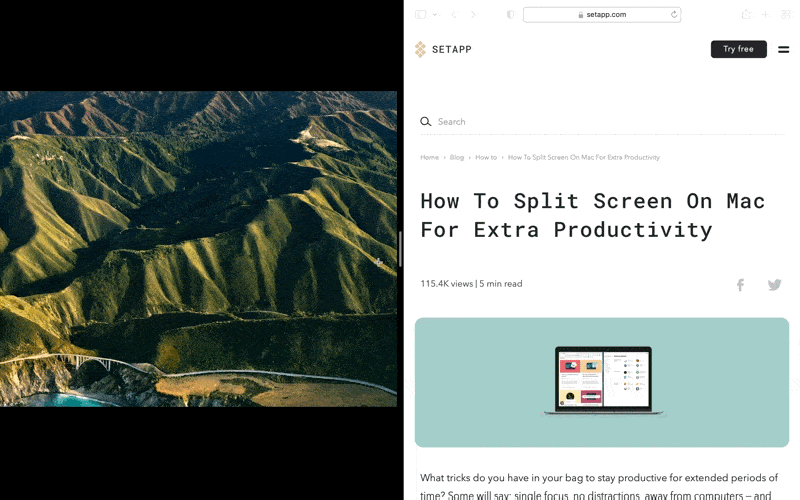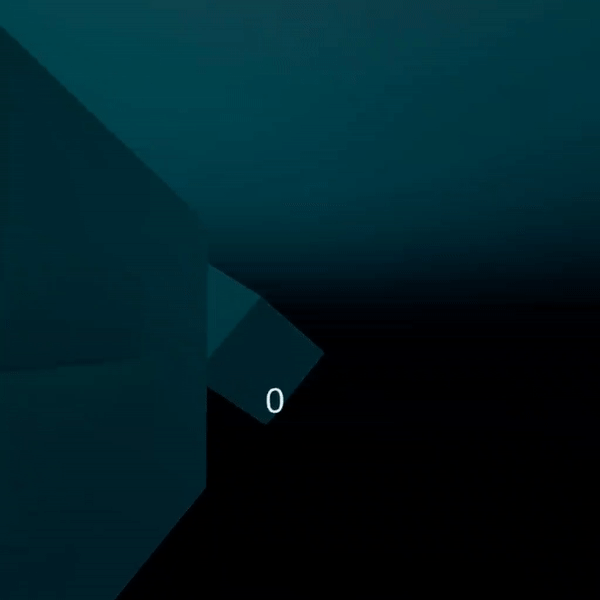





Embodied Interfaces
Time
2021
Tools
VR Interaction Design, Unity, Figma
Reference
Context
Interaction with objects of the environment is mediated by the physicality of our body. When using the tool proficiently, it becomes embodied (i.e., an extension of one’s body). However, embodiment in VR is neither often discussed nor explored. I researched and prototyped different ways that turns external interfaces into more embodied interactions in VR.
︎︎︎ Hybrid embodied scaling
︎︎︎ Passive reactive environment
︎︎︎ Embodied Measurement
Interaction with objects of the environment is mediated by the physicality of our body. When using the tool proficiently, it becomes embodied (i.e., an extension of one’s body). However, embodiment in VR is neither often discussed nor explored. I researched and prototyped different ways that turns external interfaces into more embodied interactions in VR.
︎︎︎ Hybrid embodied scaling
︎︎︎ Passive reactive environment
︎︎︎ Embodied Measurement
Light Reveal UI
Using light to reveal image object, this can be used in UI highlight for proximity.



Hybrid
Embodied Scaling
A multi-modal world-building experience where user can refer to both first-person view and third-person view when creating virtual worlds of dynamic scales.

Static Scales
Building worlds in VR requires switching scales. First-person and third-person scale are two standard ways of scaling, and each has its pros and cons:

- Unclear of precise scale of large objects

- Unclear of the relative scale to users
Dynamic scale
VR creation apps like Tiltbrush allow users to scale up and down the world during creation. However, just like switching back and forth different windows, it is both inconvenient and disorienting for users to experience different scales. It is also inaccessible to users who get motion sickness quickly.


Hybrid static scale
Therefore, I propose combining both first-person and third person synchronously,
just like the split screen multi-task when browsing laptop, to avoid dynamic scale confusion and motion sickness.


Passive-reactive Environment
Detect breathing volume from the microphone to alter the environment lighting. Application in VR mediation and fitness.

Embodied
Measurement
In real life, we often use our bodies (feet, finger etc.) as unit for rough measurement. In VR, it is easy for us to lose the sense of scale due to the lack of embodied reference. How can we use our virtual body to help us better understand size and scale in VR?
